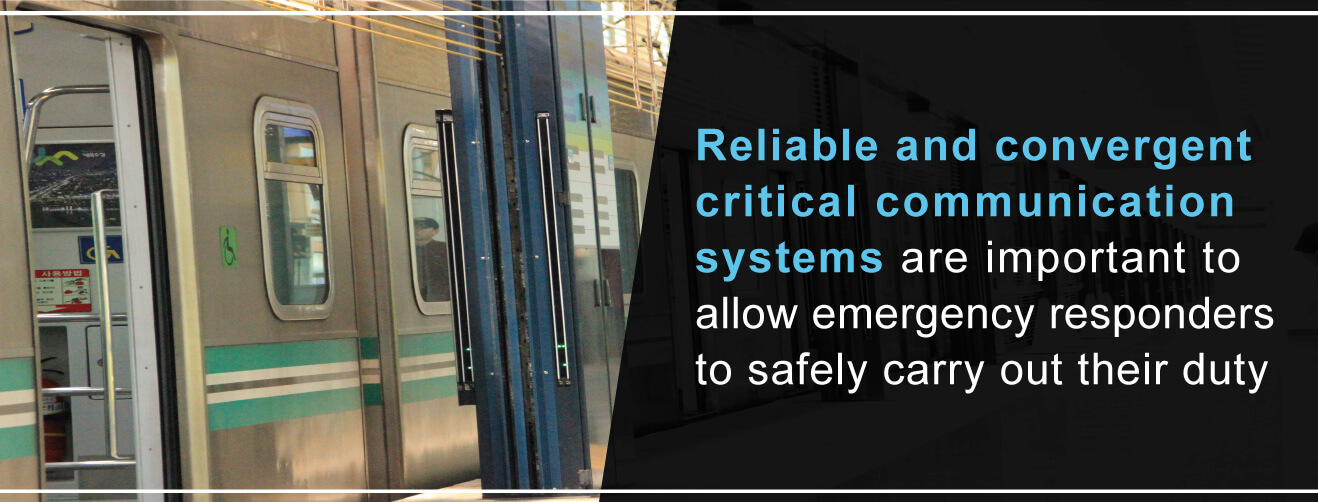
Public safety networks MUST work. First responders use LMR systems for communications. Typically these networks use a combination of the public switched telephone network and microwave wireless links to connect the towers where transceivers are located.
We distribute public safety DAS / ERRCS (Emergency Responder Radio Communication Systems).
Alliance stocks a wide range of products to support public safety DAS / ERRCS (Emergency Responder Radio Communication Systems), including:
Bi-Directional Amplifiers (BDA) from Comba & Westell, 700/800 PS & Cellular. Class A & Class B
Active DAS Head End/Remotes from SOLiD, Cel-Fi by Nextivity, ADRF, G-Wave & Comba.
Cabling (coax or fiber) from RFS, Wireless Supply, American Fire Wire, Corning, Prysmian
Connectors/Jumpers from RFS, RF Industries, Wireless Supply
Antennas from Galtronics, Wireless Supply, Laird, ADRF, Amphenol
NEMA 4/4x Enclosures from DDB
Back-up Power from Westell, Comba, Newmar Power & Alpha Technologies
Passives from Westell, Comba, Microlab & Wireless Supply
Lightning Protection from Polyphaser, AC Line
Grounding from Transtector, AC Line

For several reasons some municipalities have moved from the PSTN and built their own network using wireless broadband/ microwave equipment:
Alliance distributes products from a number of manufacturers that can be used to build a public safety wireless backhaul network to connect the individual towers. We work with several manufacturers that make products in a number of licensed bands including the 4.9GHz network.